
Japan’s Three Great Onsen: A Guide to Famous Hot Springs
Japan is famous for its natural hot springs, or *onsen* (温泉), offering visitors a unique opportunity to relax and rejuvenate in mineral-rich waters amidst beautiful landscapes. Among the thousands of onsen across the country, three have earned the title of “Japan’s Three Great Onsen” (*Nihon Sanmeisen*) due to their historical significance, healing qualities, and unmatched beauty. These three famous onsen areas—Arima, Gero, and Kusatsu—are renowned for their unique mineral compositions, scenic surroundings, and deep cultural roots.
This guide explores Japan’s Three Great Onsen, detailing their unique qualities, top attractions, and travel tips to help you experience the best of Japanese hot spring culture.
Contents
1. Arima Onsen (Hyogo Prefecture)
2. Gero Onsen (Gifu Prefecture)
1. Arima Onsen (Hyogo Prefecture)
Located just outside Kobe, Arima Onsen is one of Japan’s oldest and most prestigious hot spring towns, with a history stretching back over a thousand years. Known for its high mineral content and healing properties, Arima Onsen offers two distinct types of water: “Kinsen” (Golden Spring) and “Ginsen” (Silver Spring). The Golden Spring contains iron and salt, giving it a rich, reddish-brown color, while the Silver Spring is clear and contains radium and carbonate, known for promoting smooth, healthy skin.
Arima’s hot springs have been frequented by nobility, samurai, and even emperors throughout Japanese history, making it a culturally significant destination. In addition to relaxing in the onsen, visitors can explore the historic streets of Arima, which are lined with traditional shops selling local snacks and handicrafts. Popular attractions include the Taiko-no-Yu and Kin no Yu public baths, where visitors can enjoy the therapeutic waters. For a more private experience, many ryokan (traditional inns) in the area offer their own onsen facilities.
**Top Attractions:** Taiko-no-Yu, Kin no Yu, Arima Onsen Museum, Zuihoji Park
**Best Time to Visit:** Year-round, with fall being especially scenic due to autumn foliage.
2. Gero Onsen (Gifu Prefecture)
Situated along the Hida River in Gifu Prefecture, Gero Onsen is known for its gentle alkaline waters, which are celebrated for their smooth texture and skin-beautifying effects. Gero Onsen has been a popular destination since the Edo period, when it was recognized as one of Japan’s top three onsen. The waters here are soft and clear, providing a deeply relaxing experience that leaves the skin feeling silky.
Gero Onsen is also known for its laid-back atmosphere and welcoming spirit. The town has a variety of public baths, open-air baths, and ryokan that offer onsen experiences. One unique feature is the town’s “foot baths” (*ashi-yu*), which allow visitors to dip their feet into hot spring water at no charge. Walking through Gero’s charming town center, visitors can enjoy the traditional architecture, try local food, and relax by the river. Gero also holds an annual onsen festival in February, which includes events like torchlit parades and traditional music.
**Top Attractions:** Gero Onsen Gassho Village, Onsen-ji Temple, foot baths, Kaeru Shrine
**Best Time to Visit:** Year-round, with winter offering a cozy atmosphere and seasonal events.
3. Kusatsu Onsen (Gunma Prefecture)
Kusatsu Onsen, located in Gunma Prefecture, is perhaps the most famous of Japan’s onsen towns, known for its extremely high sulfur content and potent healing properties. The town’s signature attraction is the Yubatake (“hot water field”), a large wooden structure through which hot spring water flows and cools before being distributed to the town’s various baths. The Yubatake, surrounded by steam and lined with wooden railings, is an iconic sight in Kusatsu and offers a unique look at Japan’s onsen culture.
Kusatsu Onsen is known for a traditional cooling method called “yumomi,” where locals stir the hot spring water with large wooden paddles to reduce its temperature. This ritual is often performed for visitors at the Netto Kan, providing an entertaining glimpse into Kusatsu’s onsen culture. In addition to its public baths, Kusatsu offers several open-air baths and ryokan, many with stunning mountain views. The town is surrounded by beautiful nature, with hiking trails, waterfalls, and seasonal flowers.
**Top Attractions:** Yubatake, Sai-no-Kawara Park, Kusatsu Onsen Museum, Ohtaki-no-Yu
**Best Time to Visit:** Year-round, with winter being particularly enchanting due to snow-covered scenery.
4. Onsen Etiquette and Tips
Experiencing an onsen in Japan involves following certain etiquette practices to ensure a respectful and enjoyable atmosphere. Here are some important tips to keep in mind:
- Wash and Rinse: Before entering the onsen bath, thoroughly wash and rinse your body at the shower stations. Cleanliness is essential to maintaining the onsen’s purity.
- No Towels in the Bath: Use a small towel for modesty while walking to the bath, but do not bring it into the water. You can place it on the side or on your head.
- Stay Quiet: Onsens are places for relaxation, so keep your voice low and avoid splashing or loud conversations.
- Avoid Tattoos: Many traditional onsen prohibit tattoos, so check the rules in advance. Some ryokan offer private onsen, where tattooed guests can bathe comfortably.
- Stay Hydrated: The heat of the water can be dehydrating, so drink water before and after your bath.
By following these guidelines, you can fully enjoy the onsen experience while respecting the traditions that make it special.
5. Conclusion: Embracing Japan’s Onsen Culture
Japan’s Three Great Onsen—Arima, Gero, and Kusatsu—are not only celebrated for their mineral-rich waters and therapeutic qualities but also for their deep cultural roots. Each of these onsen towns offers a unique experience, from the historical streets of Arima to the peaceful riverside of Gero and the distinctive Yubatake of Kusatsu.
Visiting these famous hot springs allows travelers to experience Japan’s onsen culture, an integral part of Japanese life and wellness. Whether you’re seeking relaxation, health benefits, or a cultural adventure, Japan’s Three Great Onsen offer an unforgettable journey into the heart of Japanese traditions.
Share
You may also like
-

Visiting Japan’s Love Hotel Districts: What to Expect
Japan’s love hotel districts are famous for their unique and fascinating blend of privacy, creativity, and a touch of...
-

Top 10 Late-Night Dining Spots in Tokyo’s 24-Hour Cafes
Tokyo’s vibrant nightlife extends well beyond bars and nightclubs, with a thriving late-night dining culture tha...
-
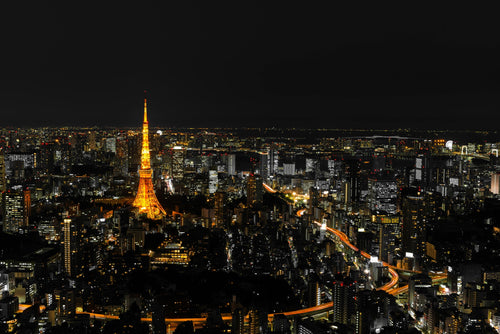
Best Night Tours in Tokyo for After-Dark Adventures
Tokyo’s nightlife is renowned for its energy, vibrancy, and unique blend of traditional and modern experiences. From ...
-
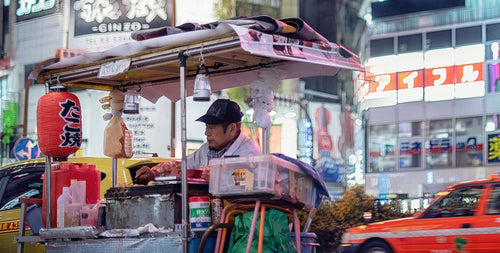
Japan’s Late-Night Food Culture: 8 Best Street Eats
Japan’s late-night food culture is a vibrant experience, especially in bustling cities like Tokyo and Osaka, where de...
-
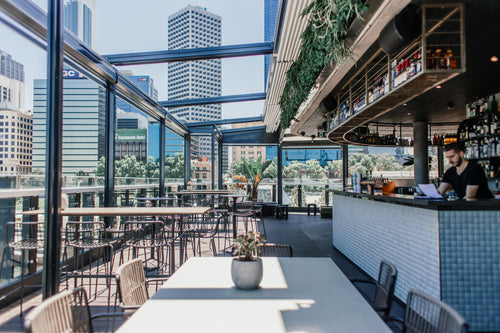
7 Rooftop Bars in Tokyo for Stunning Views
Tokyo’s rooftop bars offer some of the best ways to soak in the city’s skyline while enjoying drinks, atmosphere, and...
-

10 Best Nightclubs in Tokyo for Dancing and Music Lovers
Tokyo's nightlife is renowned for its variety and energy, with nightclubs that range from high-energy dance floors to...
-
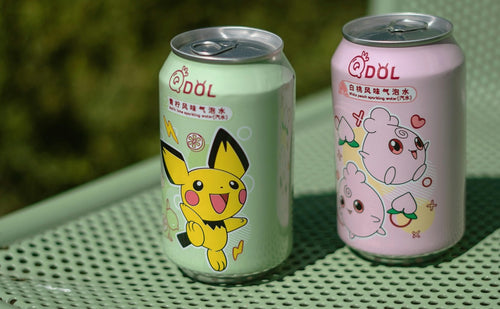
8 Themed Bars and Cafes You Need to Visit in Tokyo
Tokyo is famous for its creative and quirky themed bars and cafes, offering immersive experiences for locals and...
-

Tokyo Nightlife Guide: Shinjuku, Shibuya, and Roppongi Highlights
Tokyo’s nightlife is legendary, offering a mix of vibrant energy, entertainment, and unique experiences in some of it...
-
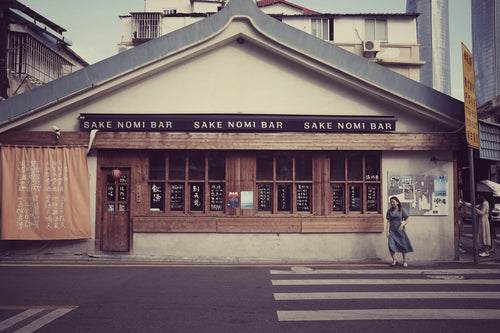
7 Best Japanese Sake Bars in Tokyo
Tokyo is home to some of Japan’s best sake bars, offering both locals and visitors an opportunity to explore the...
-
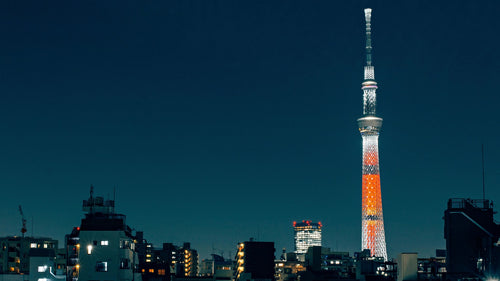
Top 6 Observation Decks in Tokyo for Scenic Views
Tokyo’s observation decks offer some of the best panoramic views of the city, giving visitors a chance to see th...
-
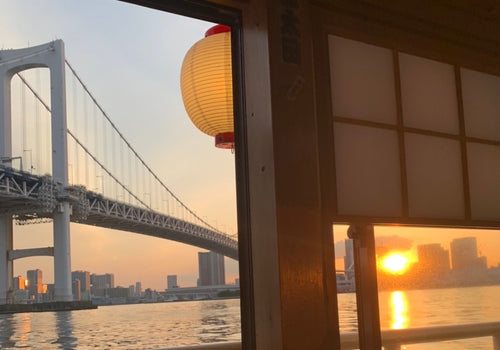
Night Cruises in Tokyo: Enjoy the City Views
Tokyo’s skyline is mesmerizing at any time, but experiencing it from the water on a night cruise adds a magical ...
-
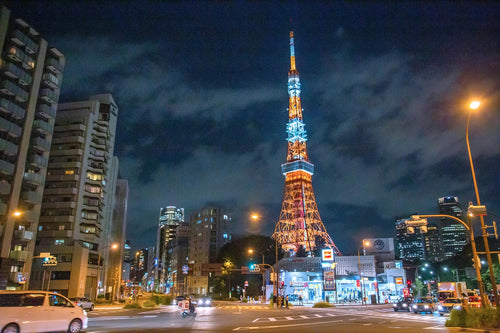
Roppongi Art and Nightlife Guide
Roppongi is one of Tokyo’s most vibrant districts, known for its lively nightlife, sophisticated art scene, and ...
-
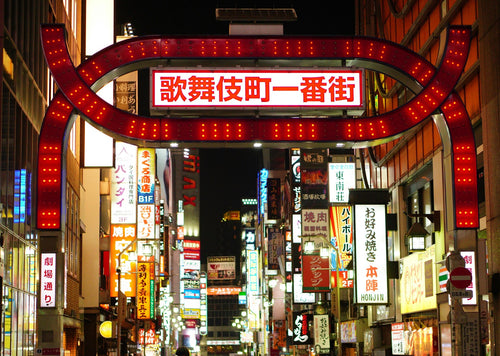
Nightlife Guide to Shinjuku Kabukicho
Shinjuku’s Kabukicho district, known as Tokyo’s “Sleepless Town,” is the center of nightlife in Tokyo. Renowned ...
-
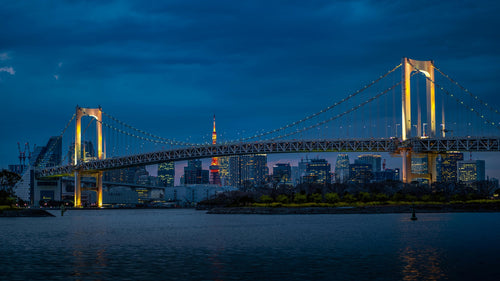
6 Best Night View Spots in Tokyo
Tokyo at night is a breathtaking spectacle, with illuminated skyscrapers, iconic landmarks, and bustling streets that...
-
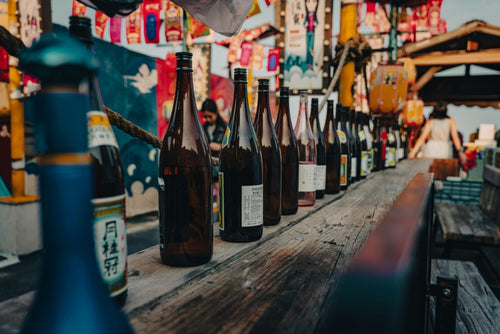
Top 12 Sake Breweries in Japan for Tasting and Tours
Japan’s sake culture is celebrated around the world for its depth, complexity, and rich history. Sake, or nihons...
-
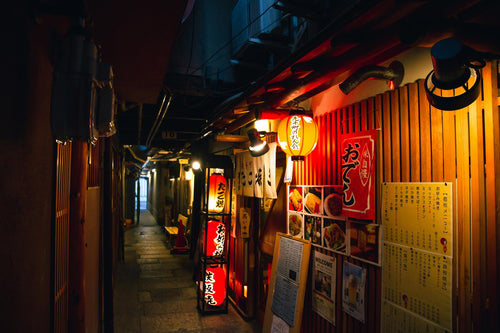
How to Enjoy a Night at a Japanese Izakaya
Japanese izakayas are casual, lively spots where locals gather after work to enjoy drinks, share small plates, a...
-

Exploring Karaoke Culture in Japan: 8 Best Places to Sing
Karaoke is an integral part of Japanese culture, offering a fun and entertaining way for friends, family, and even co...
-
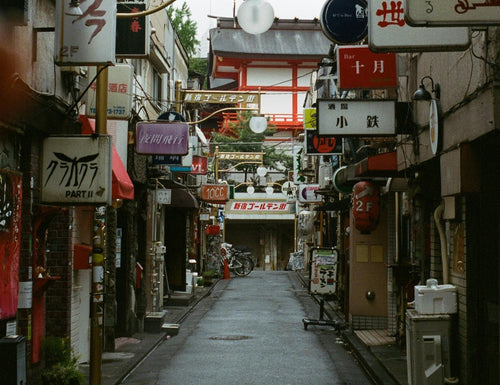
5 recommended bars in Golden Gai
Golden Gai, nestled in the heart of Tokyo’s Shinjuku district, is one of the city’s most iconic bar districts. Known ...
-
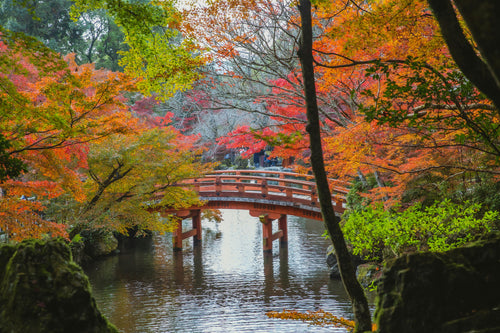
10 Japanese Gardens You Should Visit for Tranquility
Japanese gardens are renowned for their beauty, tranquility, and intricate designs that reflect harmony with nature. ...
-
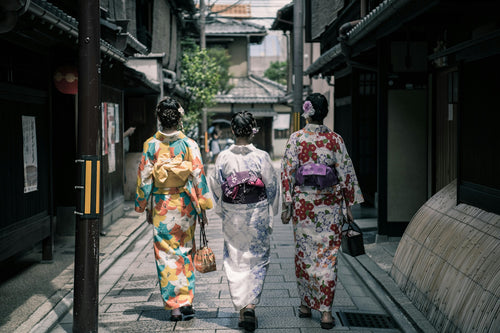
Japan’s Kimono Heritage: Symbolism, Style, and Where to See
The kimono, Japan’s traditional garment, is a beautiful and symbolic representation of Japanese culture. From its int...
-
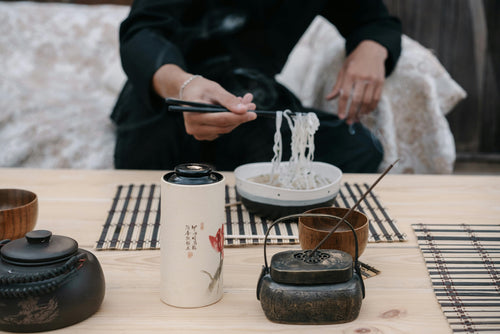
Etiquette Essentials for Visitors to Japan
Japan’s culture is rich in respect, politeness, and consideration, making etiquette an essential part of daily l...
-
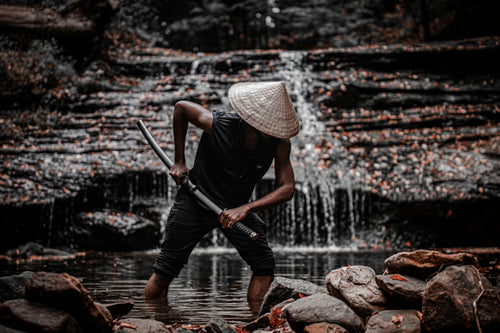
7 Best Places to Discover Japan’s Samurai History
Japan’s samurai history is one of honor, skill, and deep cultural influence, stretching back centuries and leaving an...
-
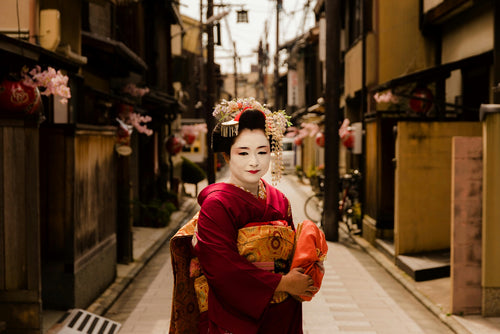
Geisha Culture in Japan: Myths and Realities
The world of geisha, Japan’s skilled performers and keepers of traditional arts, has long intrigued people around th...
-
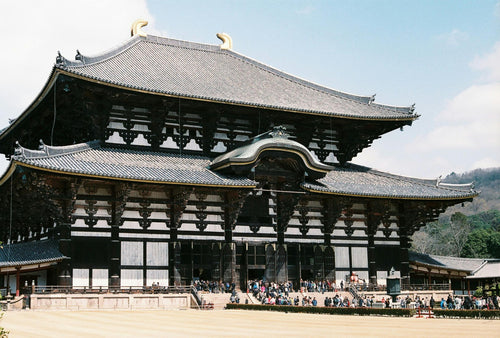
Japan’s Unique Architecture: Top 8 Traditional and Modern Landmarks
Japan is renowned for its unique blend of ancient architectural heritage and cutting-edge modern designs. From c...
-
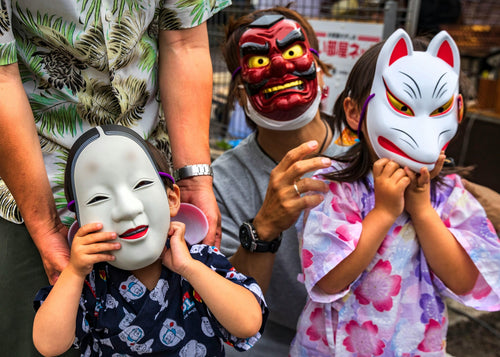
10 Traditional Japanese Festivals (Matsuri) You Can’t Miss
Japanese festivals, or *matsuri*, are vibrant celebrations of cultural heritage, featuring elaborate costumes, l...
-
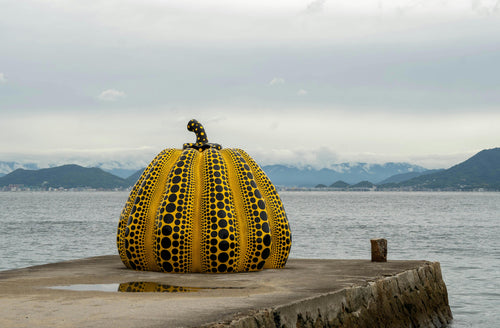
Japanese Art Exploration: Best Spots to Enjoy Art in Japan
Japan is a country rich in artistic heritage, from centuries-old traditional crafts to modern, innovative instal...
-

Guide to Japan’s Fireworks Festivals: When and Where to Go
Japan’s summer fireworks festivals, known as "hanabi taikai" (花火大会), are among the most anticipated events in th...
-
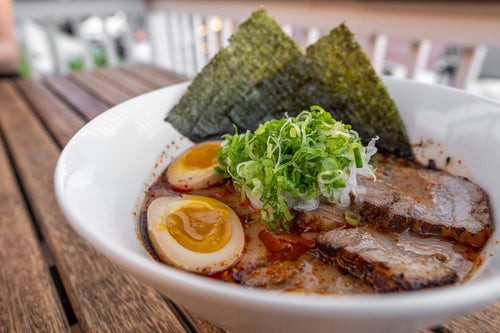
Where to Experience Ramen-Making Classes in Japan
Ramen is one of Japan’s most beloved dishes, with countless regional styles and flavors that attract food lovers from...
-
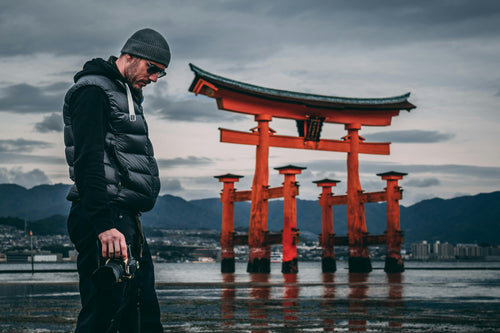
Power Spot Tours: Japan’s Famous Temples and Shrines
Japan is a land steeped in spiritual history, and visiting its temples and shrines provides not only a glimpse i...
-
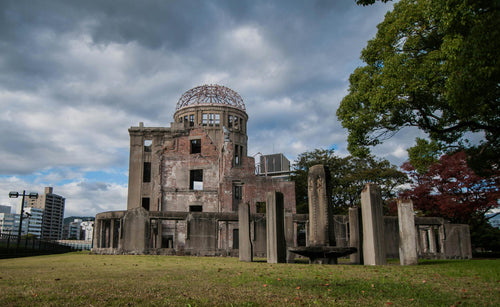
UNESCO World Heritage Site Tour Guide in Japan
Japan is home to numerous UNESCO World Heritage Sites, each offering a glimpse into the country’s rich cultural herit...
-
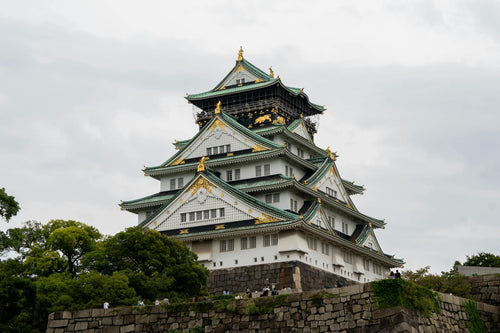
5 Famous Japanese Castles: History and Highlights
Japan is home to some of the most beautiful and historically significant castles in the world. Built during the feuda...
-
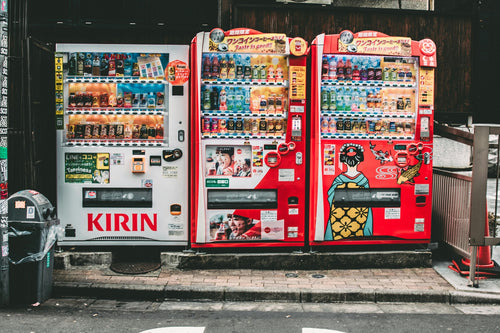
10 Unique Drinks to Try from Japanese Vending Machines
Japan is famous for its vending machines, offering an incredible variety of drinks that go beyond just soft drinks an...
-
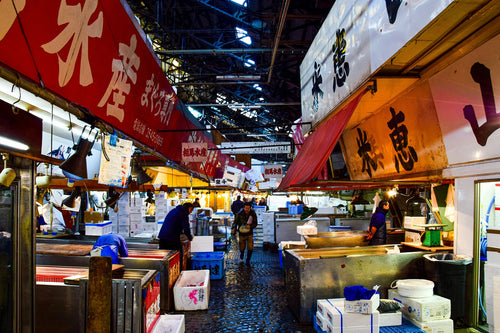
Tokyo Market Guide: Exploring Tsukiji and Toyosu Markets
Tokyo's Tsukiji and Toyosu Markets are must-visit spots for food lovers and anyone interested in Japan’s rich culinar...
-

Experiencing Traditional Tea Ceremony in Tokyo
The Japanese tea ceremony, or "chanoyu," is a cultural experience steeped in tradition, aesthetics, and mindfulness....
-
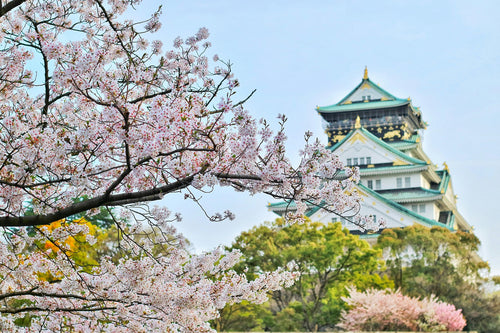
Top 7 Cherry Blossom Viewing Locations in Tokyo
Springtime in Tokyo is synonymous with the cherry blossom season, a breathtaking period when the city’s parks, rivers...
-
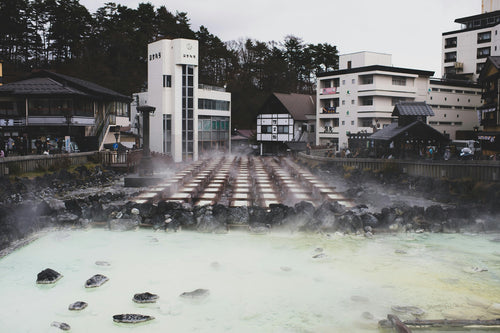
What is Onsen? A Guide to History, Benefits, and Etiquette
Onsen, Japan’s cherished hot spring culture, offers a unique blend of relaxation, scenic beauty, and deep-rooted trad...
-
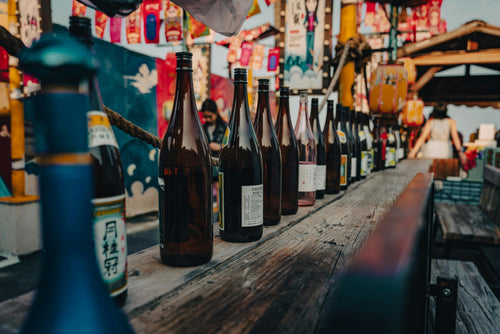
What is Sake? Its Production Method and History
Sake is a traditional Japanese alcoholic beverage made from fermented rice. It has been enjoyed in Japan for over a t...
-
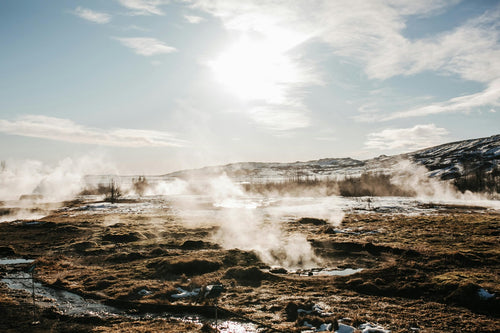
8 hot springs with beautiful scenery near Tokyo
Tokyo is a bustling metropolis, but just outside the city are some of Japan's most serene hot springs, or onsens, off...
-

Top 10 museum to visit in Tokyo
Tokyo is home to a diverse range of museums that cater to all interests, from art and history to technology and pop c...
-
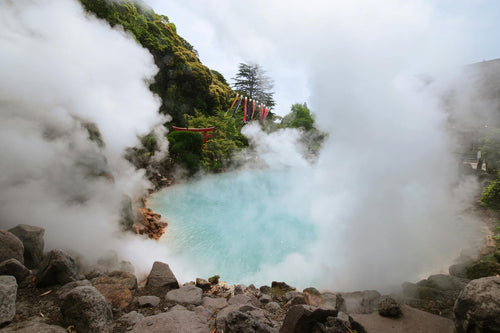
9 Best Hot Spring and Bathhouse in Tokyo
Tokyo is known for its vibrant urban energy, but it's also a fantastic place to relax and rejuvenate in hot springs (...
-
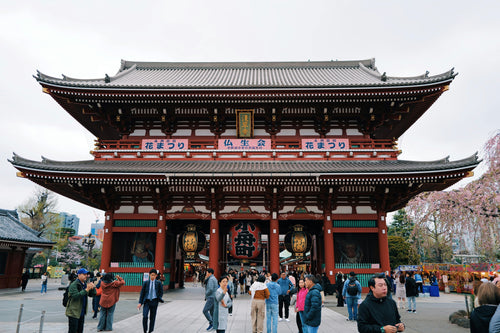
15 Famous Temples and Shrines to Visit near Tokyo
Tokyo and its surrounding areas are home to many famous temples and shrines that showcase Japan's rich spiritual and ...









































